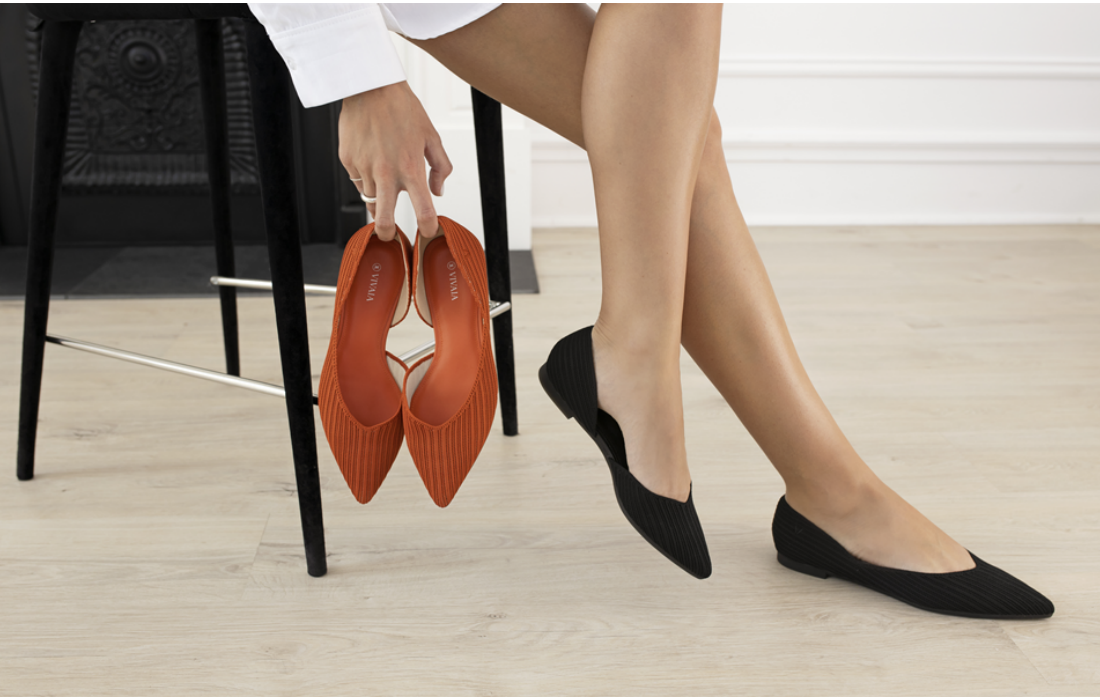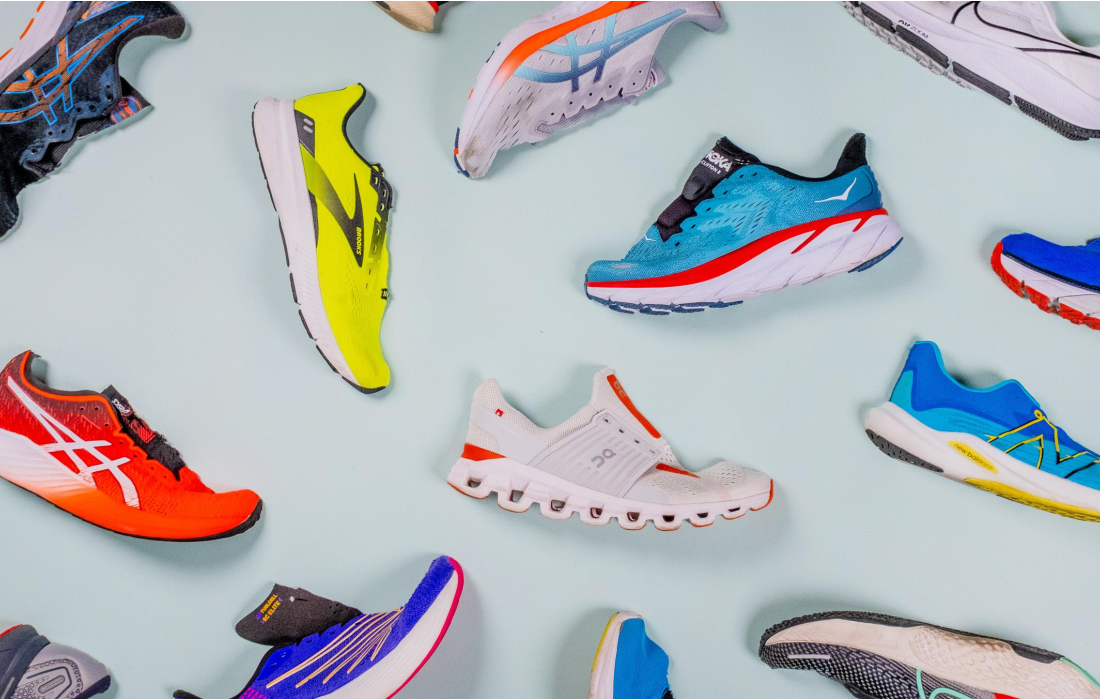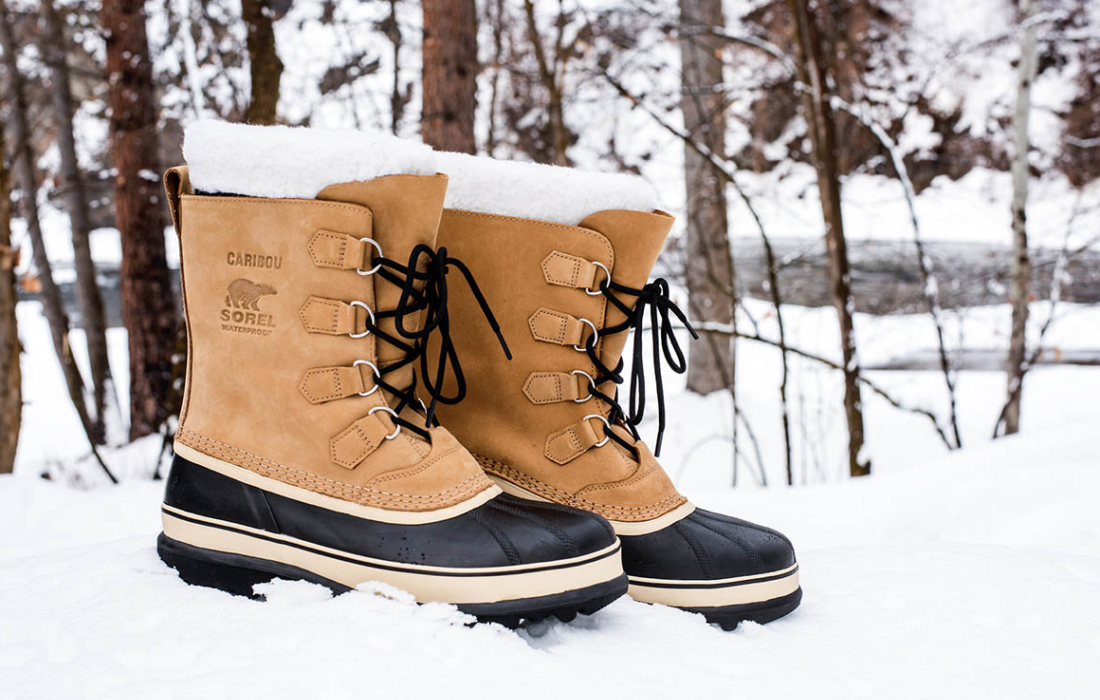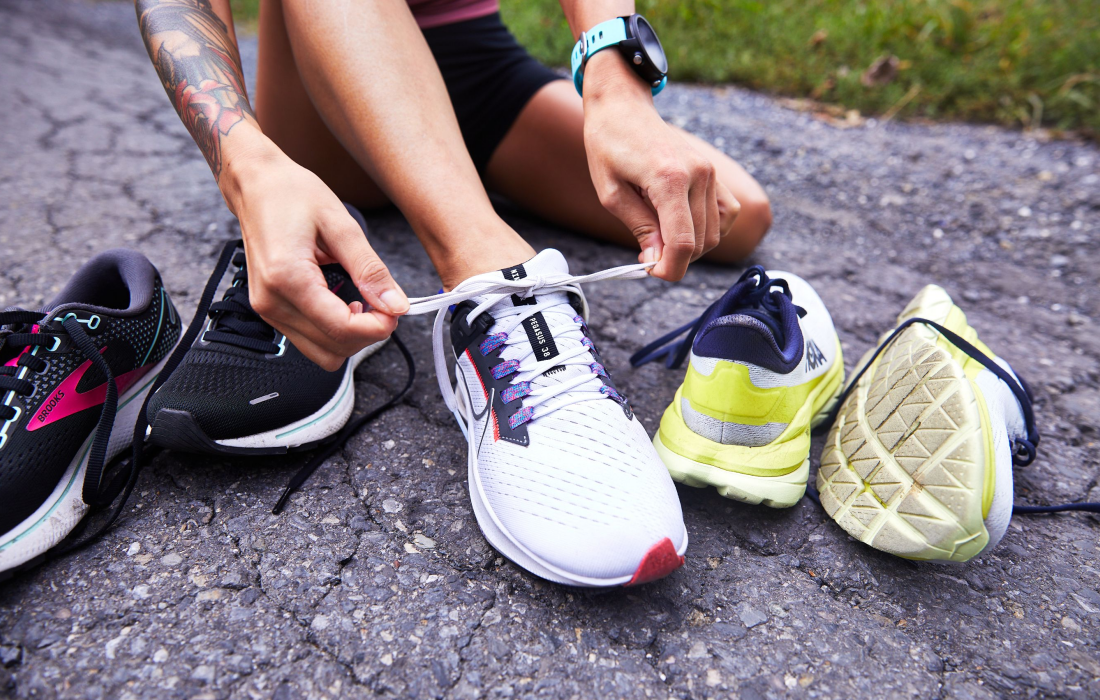
4 Features Good Running Shoes Should Have
Choosing a shoe for running can be difficult. If you’re not careful, you could end up with a shoe that falls apart when it’s time to take the next step or one that causes blisters and foot pain! Thankfully, a few key factors can help you make the right choice. Here are four features that good running shoes should possess so you don’t have to worry about getting injured or experiencing foot pain after buying your next pair.
1) Synthetic material
This option is going to provide a universal fit, better traction, and wicking properties that will keep your feet dry and more comfortable than sneakers with mesh uppers. Synthetic materials don’t restrict bloodflow in the same way as mesh, so they won’t leave blisters on your feet either. The only downside of this option is it absorbs sweat less than other materials do and can become stinky after long-term wear. We do not suggest this type of material as an option for running shoes, it is more suitable for casual use.
2) High-density polyurethane (HDPE) uppers
This type of material is the best for runners because it allows for flexibility and cushioning but is also durable and resistant to wear-and-tear. It’s also waterproof and provides a secure fit. Another benefit to this material is that it will breathe well even during hot or humid weather thanks to its polyurethane layer. When compared to other materials, this one is great because it won’t let water inside your shoe if you’re planning on running in the rain.
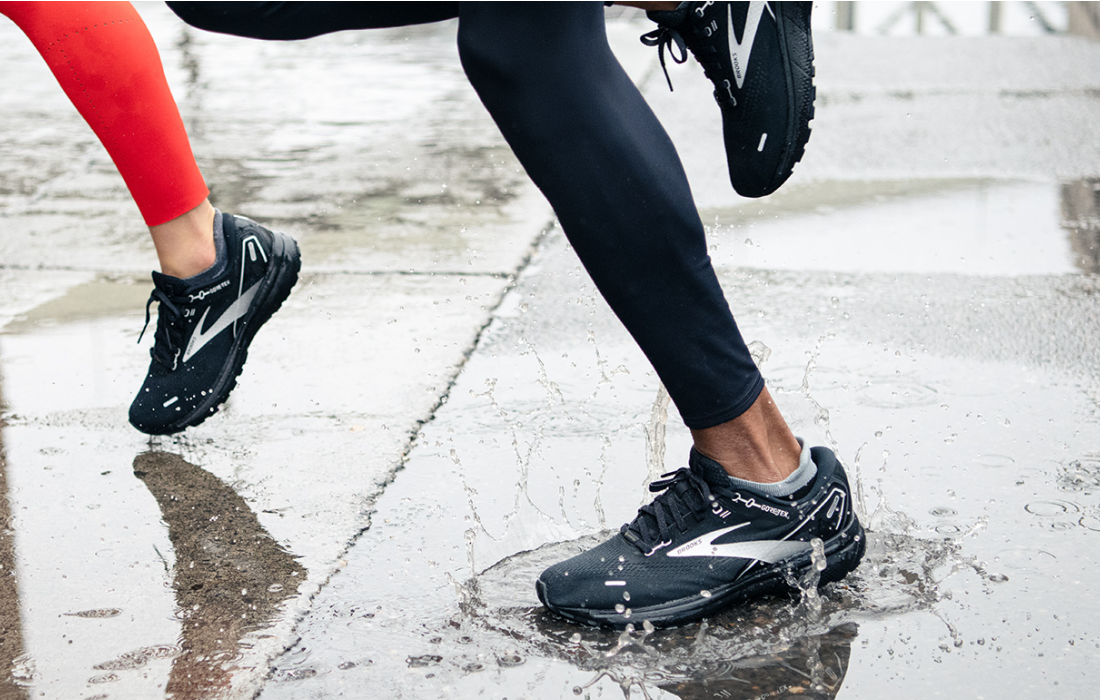
Just be aware that this material will cause your feet to sweat more than other options, so you may want to wear socks when running in this shoe for the first time so your feet won’t feel too damp.
3) High-stiffness midsole
This option is similar to a traditional midsole, but it has a higher density than the other two materials. It’s usually made with one of two materials – EVA or cork. Some of the benefits of this material are that it will provide better shock absorption and cushioning on impact compared to more traditional uppers. It can also help provide flexibility because it absorbs impact energy rather than giving it back right away like some other materials would. If a shoe with an EVA midsole is too bulky for you, you could also consider a cork midsole. It’s a little softer than the EVA version, so it won’t be as supportive but it will be more comfortable for wearing all day long.
4) Supportive heel counter
The heel counter adds support and stability to your foot when you are running. This feature can also help prevent blisters from forming as well as making sure that your foot doesn’t slip forward while running. This feature usually has a tightly sealed in layer of foam that wraps around the top of your heel. The makers of this feature recommend wearing socks when you’re running to help absorb impact, but the outer layer of this feature will keep your foot from moving around inside the shoe so you shouldn’t have any problems with blisters or chafing from your skin rubbing against the upper or insole.
The features listed above should help you to find the best running shoes out there, but if you want to try on several pairs of shoes before making a final decision, you can always visit your local running store. They will be glad to provide you with more information about the shoes that they sell and offer any advice that may come in handy especially when it comes to selecting the perfect pair for you!

